Race Around Rwanda 2025: Epic 1,000km Challenge Which Showcased Africa’s Cycling Spirit
CyclingWednesday, 13 August 2025 at 13:45
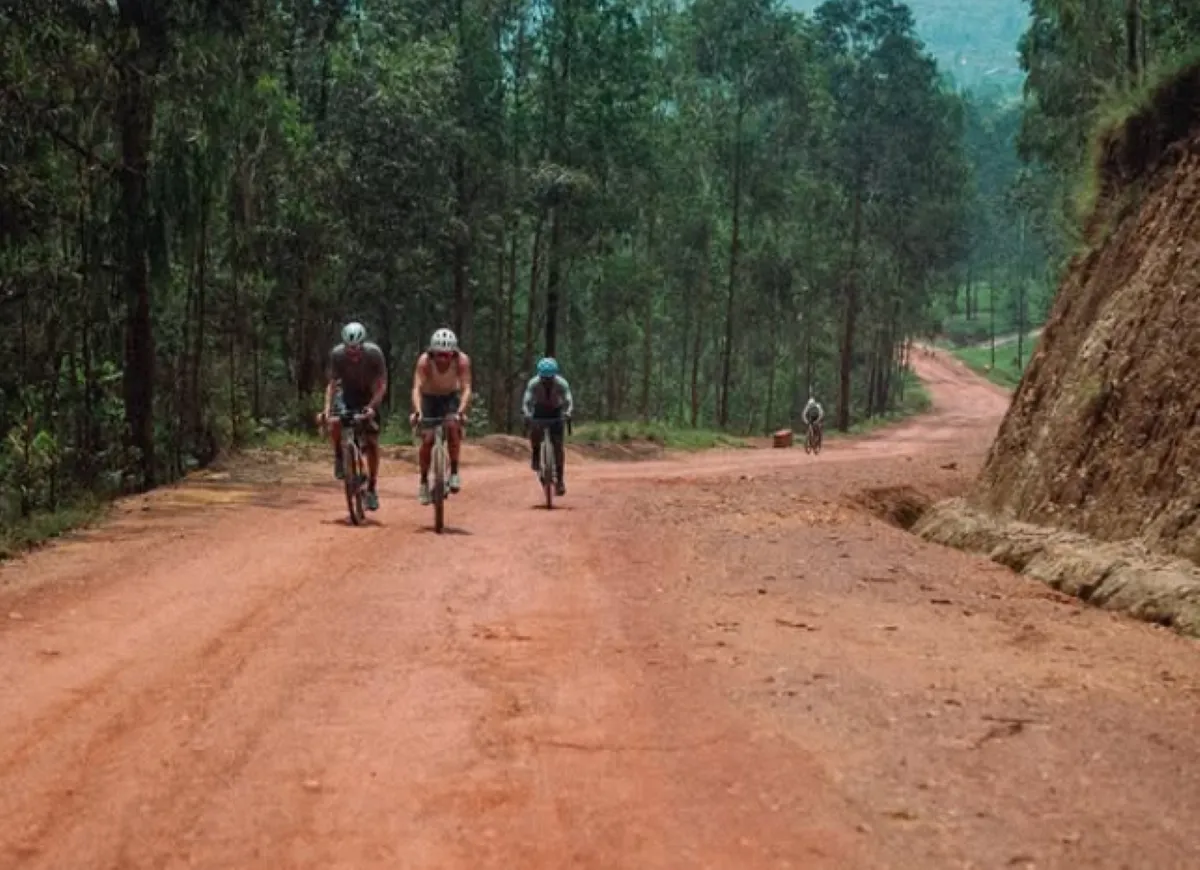
Cycling has grown into one of the most demanding sports on the planet, where athletes are pushed to the very edge of their physical and mental limits. Global tournaments draw millions of spectators across continents, each stage and climb followed with intense anticipation.
Tens of thousands of fans also track cycling betting odds to back their favorite riders and try to predict the drama unfolding on the road.
The 2025 Race Around Rwanda, however, was unlike the tours most are familiar with. This challenge went beyond the standard rhythm of road races and mountain sprints, stretching the sport to its extreme boundaries. It was a showcase of raw endurance and mental resilience, set against the breathtaking yet unforgiving landscapes of Africa’s Land of a Thousand Hills. Spanning 1,000 kilometers and climbing an astonishing 19,000 meters, it was a test where only the strongest – physically and mentally – could hope to prevail.
A Race Unlike Any Other
Since its debut in 2020, the Race Around Rwanda has gained a reputation as one of the toughest ultra-distance cycling events on the planet. This is not a race where riders are cocooned in large pelotons, drafting off teammates or relying on support cars.
Here, self-reliance is as crucial as raw speed. Competitors are expected to carry their own gear, navigate complex routes, and manage their nutrition and repairs, often while battling the elements in some of the country’s most remote corners. The terrain is a relentless mix of freshly paved asphalt, bone-rattling gravel, and narrow rural tracks that test bike handling as much as stamina.
For 2025, organizers capped entries at 135 riders. The lineup brought together cyclists from 23 nations. Notably, 22 women took the start, as well. And while the race is set firmly on African soil, only seven participants were from the continent.
The route itself is a study in contrasts: savage climbs that demand sustained effort, high-altitude passes where oxygen thins, and tranquil green valleys where the only sounds may be the buzz of wildlife or the distant chatter from hillside villages.
It’s a race where no medal is guaranteed; every finisher earns it through sheer grit.
Kigali: The Gateway to the Challenge
The journey begins in Kigali, Rwanda’s energetic and rapidly growing capital. The city’s wide, well-maintained streets and tidy infrastructure give a false sense of ease – once riders leave its limits, the challenge escalates quickly.
Many competitors, like former US professional Skyler Bishop, chose to arrive days in advance, using the time to adapt to the altitude, familiarize themselves with the local road surfaces, and adjust to the equatorial climate.
Kigali doesn’t just serve as a logistical hub; it frames the experience. The city offers the last moments of comfort before the solitude of Rwanda’s backcountry. This unique balance, where riders are never far from civilization yet constantly tested by the rugged reality of the terrain, is part of what makes the Race Around Rwanda such a distinct and unforgettable fixture in endurance cycling.
Skyler Bishop’s Return
For Skyler Bishop, lining up for the 2025 Race Around Rwanda was a rematch with a course that had tested him to the edge the year before. Having finished the 2024 edition, he came back with unfinished business and a sharper focus on improving his performance.
This time, he teamed up with fellow American and 1988 Seoul Olympian Craig Schoomer, planning to approach the route with a shared workload and the kind of tactical cooperation that can make a difference over 1,000 kilometers of rugged terrain.
Their preparation in Rwanda went beyond simply clocking training miles. Both riders explored the same gravel tracks they’d face in the race, feeling the grind of loose climbs and the speed of packed descents. They also spent time visiting conservation projects, including Gorilla Doctors and the Dian Fossey Gorilla Fund.
Conditions That Test Every Rider
The Race Around Rwanda is a masterclass in cumulative fatigue. The distance itself – 1,000 kilometers – only tells part of the story. Riders must also contend with an elevation gain of roughly 19,000 meters, meaning there are few moments when the road is truly flat.
Long ascents demand sustained output, while the descents can be technical, requiring careful handling on uneven gravel that can range from smooth and fast to scattered with loose, tire-grabbing stones.
Weather variability is another constant adversary. Rwanda’s high elevation tempers extreme heat, yet the combination of humidity, sudden downpours, and swirling winds forces riders to adapt on the fly. One hour might bring bright sun and dusty roads; the next, heavy rain turning clay tracks into sticky, wheel-clogging sludge.
Night riding amplifies these challenges. The absence of artificial light in the countryside means total reliance on bike-mounted lamps, with visibility often reduced by mist or rainfall. In the rainforest sections, the air can feel heavy and still, amplifying the sense of isolation.
For many competitors, it’s during these long, silent stretches in the dark that the mental test outweighs the physical, where focus, self-belief, and steady pacing become the only anchors against fatigue.
Write a comment
IDL-productions
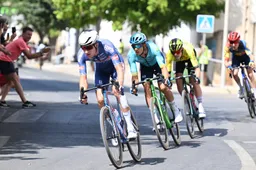
Fantasy league Vuelta a Espana 2025 | "We're going to throw a bunch of spaghetti at the wall and see what sticks"
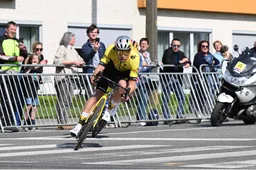
Crash during recon shakes Wout van Aert in Germany: "It affected my confidence a bit"
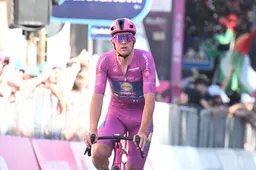
Favorites points classification Vuelta a España 2025 | Green jersey in this Vuelta = (no) sure thing

Injury update Visma | Lease a Bike: Dan McLay, Bart Lemmen and Per Strand Hagenes

Favorites mountain classification Vuelta a España 2025 | In Spain, big GC contenders can suddenly turn into king of the mountains candidates
Latest Cycling News
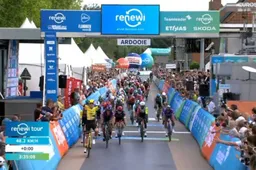
Echelons in entertaining stage 2 of the Renewi Tour, where Kooij triumphs in the bunch sprint

Jury delays decision on photo finish between Milan and Brennan, but declares Milan winner of stage 1 of Tour of Germany

Meurisse wants to help others (read: Pidcock) win at Q36.5: "Just like I did with van der Poel and Philipsen in recent years"

Jonas Vingegaard skips World Championships in Rwanda, and focuses on different goal after Vuelta

Fantasy league Vuelta a Espana 2025 | "We're going to throw a bunch of spaghetti at the wall and see what sticks"
Popular Cycling News
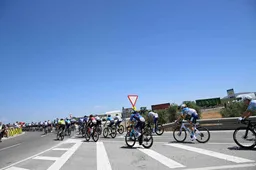
Participants Vuelta a España 2025 | 20 teams already confirmed, just 3 Vuelta selections left to be unveiled!
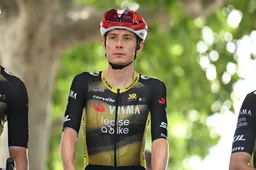
Favorites general classification Vuelta a España 2025 | Vingegaard faces fresh challengers for the red jersey after a grueling Tour

Preview Vuelta a España 2025 - route | What lies ahead for Vingegaard, Pedersen, Almeida, and the others?

Favorites points classification Vuelta a España 2025 | Green jersey in this Vuelta = (no) sure thing
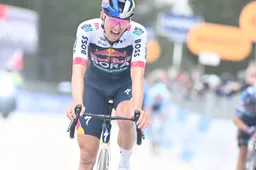
Red Bull–BORA–hansgrohe appoints Hindley as Vuelta leader, forced to change lineup
Latest Comments
- In 5yrs, Pogi will be a top Twitch streamer living on baked goods while Urska is still racing.Veganpotter11-08-2025
- All they learned is that at the end of a 3 week race, Wout can beat him on a slightly bumpy stage. Obviously, this is very much thanks to Wout not racing for GC every day. This doesn't teach them a thing for Jonas beating Pogi. Not saying Jonas will never beat him again. But this absolutely won't have anything to do with it if he does beat him.Veganpotter28-07-2025
- Well, he eventually Pogacar pays the price for his insane spring campaign which was really crazyRosenkohl196125-07-2025
- Maybe I was a bit disrespectful to Heiden. What he did was unique and exceptional but he wasn't the only one who combined those distances, nowadays it is just not possible and nobody competes in both distances. The same is true for cycling with for example the combination of Roubaix and de Tour de France. In Merckx era there were more riders who managed a top10 in both races than currently.Joostmehrtens19-06-2025
- Two old men shouting at pigeons in the park…JonS16-06-2025
- Out of touch old men hankering after their youth through rose tinted spectacles, their arrogance almost outshines their irrelevance. Turn the volume down, this modern stuff just isn't music like we used to sing...johnny20whales16-06-2025
- In talking speed skating, the days when Heiden did that, nobody else did that. And Eddy couldn't do the equivalent of the bike. His 200 on the velodrome was good, but not world competitive for gold. Heiden was in his own world on the ice, moreso than Eddy if we pretend Eric didn't have a very short career on the ice.Veganpotter16-06-2025
- They wouldn't have dropped HIM so easily.... the GOAT. They would have dropped the rest from that era easily thoughVeganpotter16-06-2025
- Merckx was able to win in a break away on a flat (sprinters) stage, what do you mean they did not drop that easily in his time. Vlaeminck won in the mountains and the classics, but now you need to specialise. The days that a Eric Heiden could win the sprint and the 10k and everything in between are long gone and cycljng is no differentJoostmehrtens16-06-2025
- Carsapaz and Del torro were not capable of chasing Yates. They paused and looked at each other because they didn't have it in them. Yates had kept his powder dry waiting for this stage and demolished both of them. They lost Yates won. Your second guessing is utter nonsense., if either felt they could close Yates down they would have , just like they did countless times for other riders. They blew up , Yates excelled.Uphillbilly05-06-2025